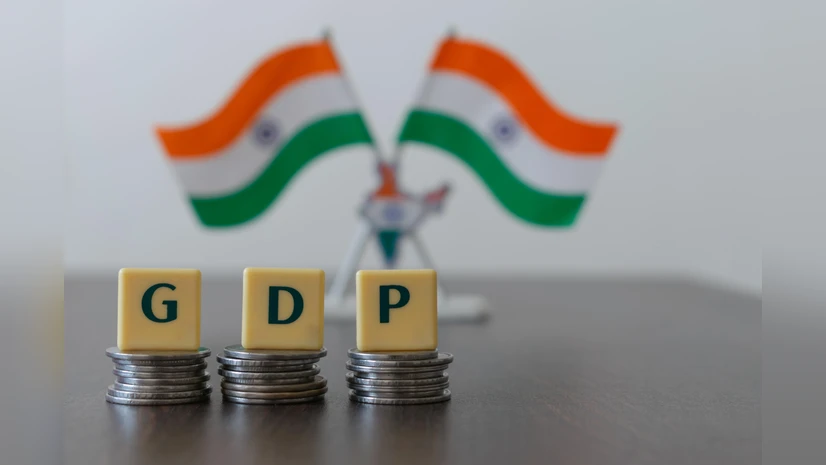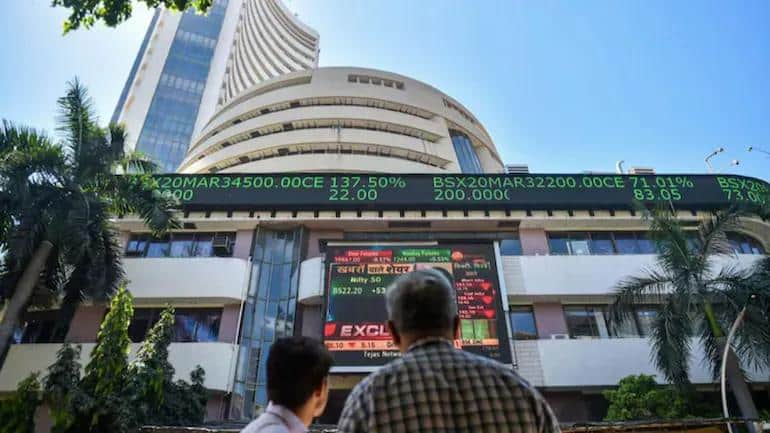India’s economy likely expanded by 7.3% in the July–September quarter, supported largely by strong rural demand and continued government spending, according to a Reuters poll of economists. The positive outlook comes despite muted private investment and uneven urban consumption.
Rural households boosted consumption through improved agricultural output, lifting overall demand. But private investment and urban spending remained sluggish, highlighting the uneven nature of India’s current growth trajectory.
Government expenditure—already a major pillar of economic expansion in recent years—continued to provide momentum in the second quarter of the fiscal year.
India has remained one of the fastest-growing major economies globally, even as foreign investors withdrew nearly $16 billion from Indian equities this year. The outflows were triggered partly by U.S. President Donald Trump’s decision in August to raise tariffs on several Indian goods to 50%.
Economists noted that a very low GDP deflator—used to adjust for inflation—may have made real growth appear stronger than underlying activity suggests.
According to the median estimate from a Reuters poll of 61 economists, GDP likely rose 7.3% year-on-year, down slightly from the unexpected 7.8% expansion during the previous quarter. Forecasts ranged widely, from 6.0% to 8.5%.
Kaushik Das, chief economist for India at Deutsche Bank, said private consumption and central government capital expenditure would remain the main drivers of growth, while private-sector investment is expected to expand more slowly amid global uncertainty.
The official GDP figures are due on Friday, November 28 at 1030 GMT.
Looking ahead, economists anticipate a gradual slowdown, projecting GDP growth of 6.8% for the current quarter and 6.3% for the quarter ending March 2026.
A low deflator provided a statistical lift to real GDP numbers, similar to the previous quarter, as wholesale inflation hovered near zero and consumer inflation averaged only two percent between July and September. Inflation has since dipped below half a percent.
Economist Rajni Thakur of L&T Finance said the inflation trend suggests the deflator boost is likely to remain for the rest of the fiscal year.
Gross value added (GVA) is estimated to have grown 7.15%, while nominal GDP growth likely slowed to 8.3% from 8.8%, according to a smaller sample of forecasts.
Recent cuts to India’s Goods and Services Tax (GST), implemented on September 22 as part of a wider tax reform, are expected to support demand in upcoming quarters. However, economists warn that high household debt may reduce the benefits of lower taxes.



